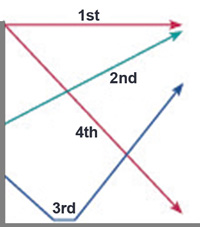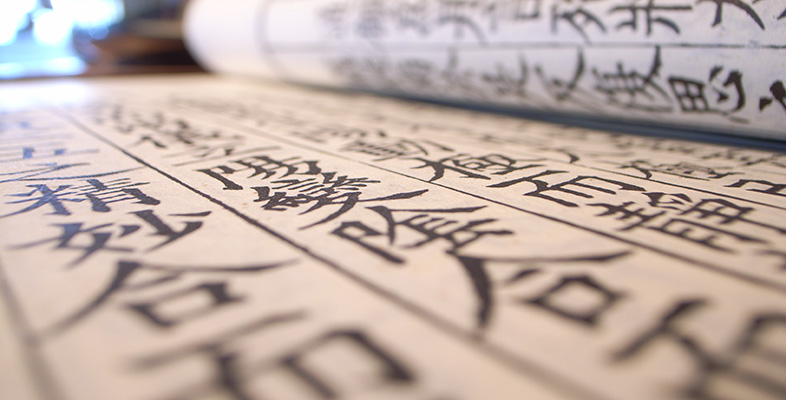1.3 Tones
Chinese is a tonal language. In Mandarin Chinese, there are four tones (five if you include the neutral tone). Tones are marked in pinyin as follows:
- 1st tone: ‾
- 2nd tone: ′
- 3rd tone: ˇ
- 4th tone: `
The 1st tone is a high level tone, the 2nd rises from medium to high, the 3rd falls from low medium to low and then rises to high, and the 4th falls from high to low (see Figure 3). The tone marks are put over the single finals a, e, i, o, u and ü. There are some syllables that do not have a tone mark (e.g. some particle words or last syllable in a word), and they are called ‘neutral tone’. The neutral tone is low and flat with no stress.

Each syllable has a definite tone. So syllables with different tones mean different things. For example, 王 wáng with the 2nd tone means ‘king’ and is also a common family name, whereas 忘 wàng with the 4th tone means ‘to forget’.
Activity 3 Tones
Listen to the examples of the four tones on the audio track below, and repeat. You can follow the pinyin in Table 2 as you go. Don’t worry about the meaning of the words at this stage.
Transcript: Audio 2
| 1 | mā | má | mǎ | mà |
| 2 | tā | tá | tǎ | tà |
| 3 | zhī | zhí | zhǐ | zhì |
| 4 | jī | jí | jǐ | jì |
